Using social media originally seemed like a gift from God for cash-strapped marketers.
Here was a way to generate leads and reach new customers, all by posting content free of charge on platforms like Facebook and Twitter.
Simply having a profile was an easy way to make a social media impact in your industry.
Yet organic reach has plummeted as the platforms have become more popular.
In May 2023, Facebook CPM’s hit a three (3) year low of $11.97.
Algorithms are weighted in favor of updates from friends and family.
Unless you’re willing to buy exposure.
To get the kind of reach we saw in the early days, you need to pay for ads.
While you might want to continue with your old social media tactics, it’s worth considering the social media impact of paid strategies.
Authors have ditched the usual free social media strategies favored by writers.
By leveraging Facebook ads, they’ve been able to out-perform other self-publishers, by 300%!
Now we’re not talking about paying for social media traffic.
Buying likes or followers won’t help your DTC brand.
You need genuine interaction and engaged buyers.
Not fake profiles.
The paid social media we’re talking about is advertising, boosted posts, sponsored posts, or other forms of marketing.
So read on to discover how to use advertising to increase your social media impact.
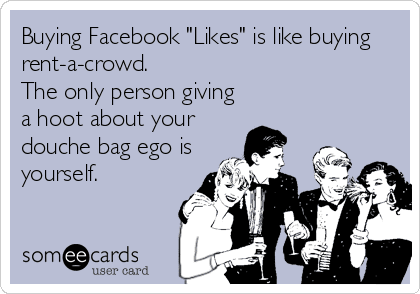
Think about the cost effectiveness of your reach
Marketers sometimes shy away from paid social media impact because of the cost.
Yet advertising on social media is actually very cost effective compared to traditional display ads.
In one case study, Google Adwords cost $1.49 per click, while Facebook Ads were just $0.38 per click.
The Google conversion rate was higher, but so was the cost.
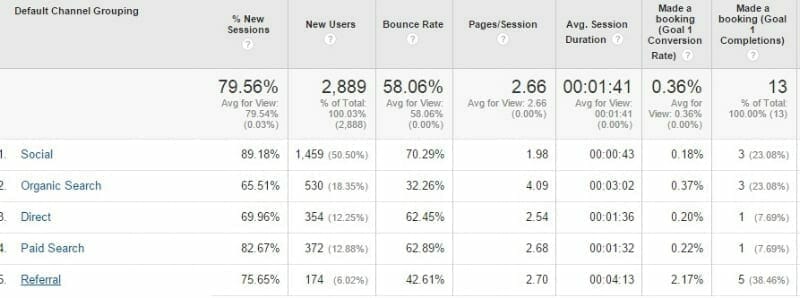
That makes the Facebook Ad the better option.
It’s a lower investment and you can tweak the ad as you go to improve its performance.
If your advertising budget is modest, then try paid social media before you explore the expensive options like AdWords.
And if you attach your ads to a revenue stream, you can generate impressive ROIs.
With lower costs, it’s easier to double, or even triple, your investment.
Paid ads let you track your social media impact through your ROI.
You’ll be able to map how much you spend against how much you earn.
That’s particularly handy if your budgets aren’t high to start with.
Combining paid social with content marketing is also a winner.
By using ads to drive traffic to excellent content, your visitors get the benefit of your content while you generate income from it.
Check out our guide to creating powerful content that resonates with your audience.
Facebook ads created on mobile generate an impact.
There has been a shift away from desktop computers towards mobile devices in recent years.
That means users are far more engaged as an audience on mobile.

By using paid social, you’re placing your ads where your potential customers are spending more of their time.
True, users searching for a specific product or solution on Google are more ‘solution aware’, and therefore more likely to purchase.
But marketers on social can capitalize on simply being present where their customers are.
Native advertising, in particular, is proving to be a weapon of choice in the digital marketer’s arsenal.
It perfectly suits mobile browsing.

Native advertising, in particular, is proving to be a weapon of choice in the digital marketer’s arsenal.
It perfectly suits mobile browsing.
Native ads are less intrusive than banners or pop-up ads.
And they blend seamlessly with whichever platform they’re on.
You’ll have seen sponsored posts on your own Facebook feed or promoted Tweets in your Twitter timeline.
These are all examples of building a social media impact through paid ads.
You can even tailor Facebook Ads to desktop and mobile.
Think about the language that you’re using.
Say your ad is only going to be on mobile, and you want a user to click the button.
No one ‘clicks’ on a smartphone.
They tap.
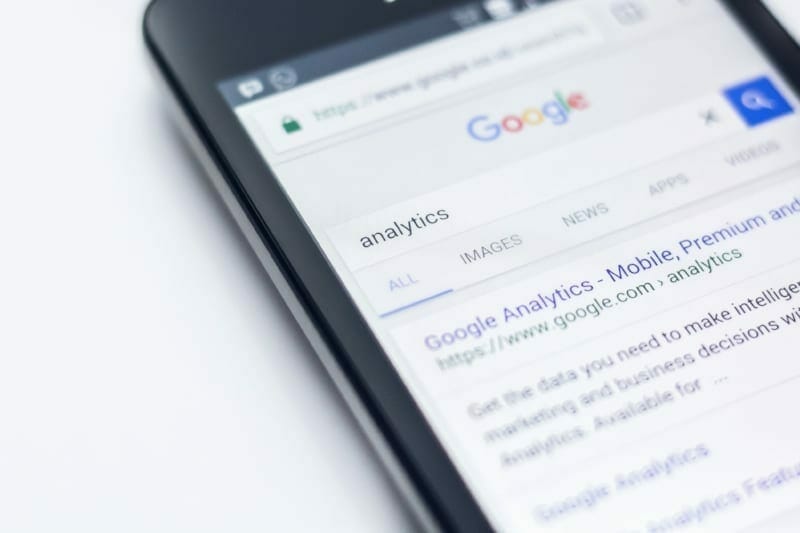
So change your copy to ‘tap here’, or something similar.
Small changes like this will make all the difference to the success of your ads.
Facebook ad library offers scope for precision targeting.
Still attached to your organic strategies?
That’s okay, they still have their place.
But answer this question.
How do you target your content to the right demographic?
It’s difficult, if not impossible.
You can’t control who sees the content you post.
So you might be marketing organic dog food in Texas.
Except your posts might be seen by cat lovers in Michigan.
With paid ads, you can generate a more specific social media impact by using targeting.
Facebook Ads offer laser precision in who will see your ads.
You can specify a physical location, an age range, a gender, or even other Pages that they’ve liked.
By focusing your ads on people who are more likely to be interested in your product or solution, you’re more likely to get sales.
Don’t fall into the trap of thinking everyone needs your product.
They don’t.
You need to reach the ones who do.
You’re also able to get around the problems caused by changes to a platform’s algorithm.
Paying for ads puts you at the front of the exposure queue.
And once you hit on an ad formula that works, it’s easy to scale.
You can expand your audience to reach a new set of buyers.
Or you can increase your daily spend.
Why waste time reinventing the wheel when you can easily replicate the success of a good ad?
You’ll also get more information on your audiences once you start paying for ads.
On Facebook, you can check how well your ad performed in different regions, or even at different times of day.
You don’t have that level of data for your organic posts.
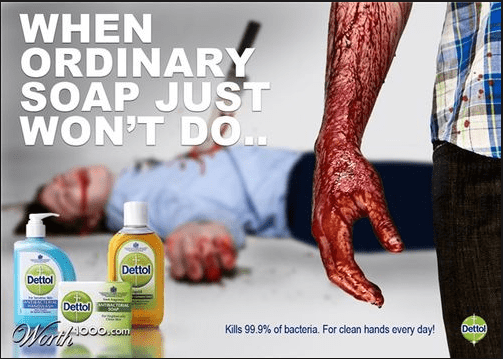
You can use this information to improve or tweak your ads.
And it’ll be easier to target an audience demographic if you know that a particular group never click on your ads.
It also helps inform your organic strategy.
Look at which paid content performs the best and use more similar content in your organic calendar.
You don’t have to neglect the ‘social’ side of social media.
Trying to grow an organic following is incredibly time-consuming.
Building relationships with followers who may become customers or influencers doesn’t happen overnight.
With paid ads, you can increase your social media impact by distributing a single ad to hundreds, if not thousands, of users.
You can place your focus on the relationship-building while the ads generate the attention for you.
It essentially splits the workload and lets you concentrate on fostering a community around your brand.

Remember that organic social media often only puts you in front of existing followers.
Your social media impact is limited to people who are already aware of you.
Unless you use hashtags, you run the risk of never being seen outside of your small band of followers.
This is where paid ads come into their own.
Your content will appear in front of your chosen audience – not just those who already know who you are.
And don’t worry if not everyone clicks on your ad.
Even those impressions count.
After all, the user might not have been in the right frame of mind to buy the first time they saw your ad.
But the second, or third?
Jackpot.
So you can even target your advertising to people who have visited your website before.
It keeps you top of their mind and helps strengthen their awareness of your brand.
Pixels in Facebook let you stay ahead of the curve.
Surprisingly, fewer businesses are making use of paid advertising on social media.
As more marketers begin using paid ads, those prices will only go up.
So by getting involved with it now, you can take advantage of those lower prices.
But where should you start?
Work out how to fit paid ads in alongside your organic content.
After all, you’re not replacing your organic posts with ads.
You’re supplementing them.
Start out using boosted posts on Facebook.
Be strategic about which you choose to boost.
Only pick the ones that will generate the best ROI.
That’s where you’ll make the greatest social media impact.
When you move into paid ads, make sure they’re high quality.
Pixelated images, spelling mistakes or other errors will undermine any success your ad might have had.
Don’t panic if you don’t land many sales.
Often you’re better focusing on generating leads.
So promote webinars or lead magnets with paid ads.
Woo your customers with your content and they’re more likely to buy later.
Don’t just stick to one ad.
Try changing the call to action or even the color of the text.
It’s amazing how one small change can alter the success of your ad.
Split testing will help you nail that ‘perfect’ formula for your business.
And that means reviewing your ads.
Really get into the numbers and understand how your ads are performing.
Once you know what gets the best CTR and reach, you can create more ads like that.

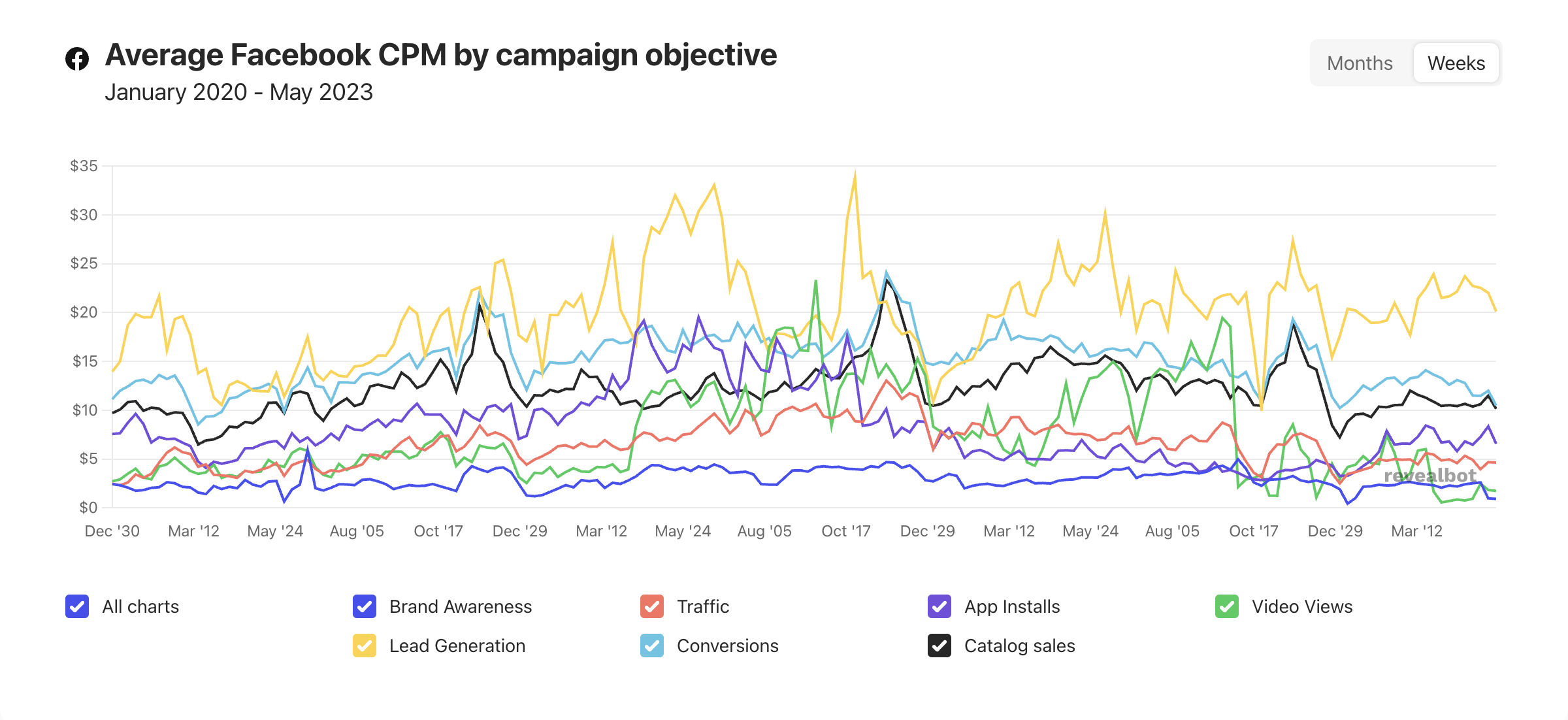


1 thought on “Understanding The Paid Social Media Impact On Your Business”